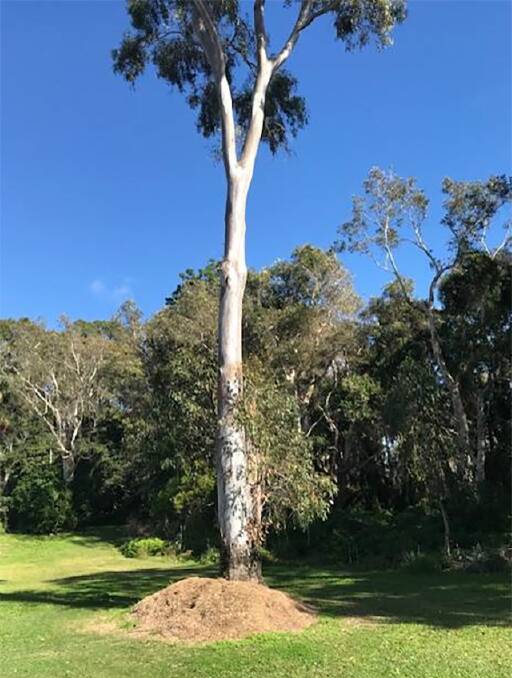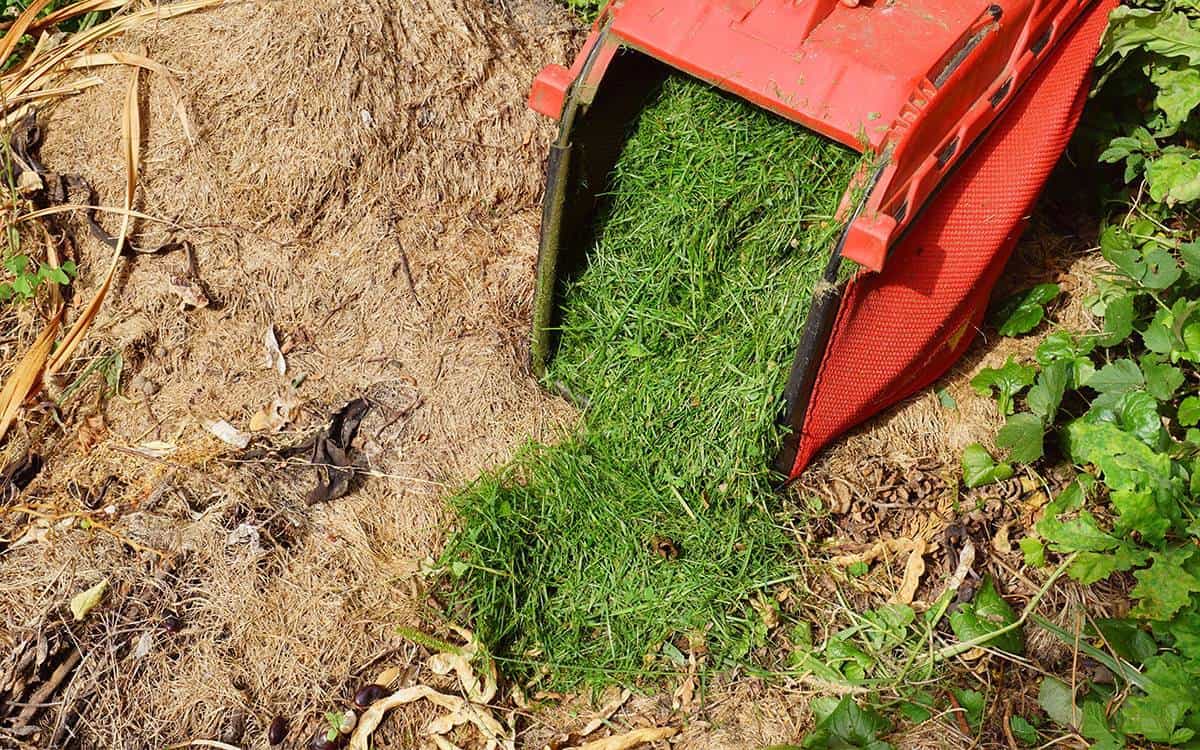Grass Mulch: The Free And Easy Way To Improve Your Garden
Grass Mulch: The Free and Easy Way to Improve Your Garden
Grass clippings are a free and easy way to improve your garden. They can be used as mulch to suppress weeds, conserve moisture, and improve soil health.
In this blog post, we will discuss the benefits of using grass clippings as mulch, how to apply them correctly, and some of the potential drawbacks to consider.
Benefits of Using Grass Clippings as Mulch
- Suppresses weeds. Grass clippings create a barrier that prevents weeds from germinating. This can save you time and money on weeding, especially in vegetable gardens.
- Conserves moisture. Grass clippings help to retain water in the soil, which can be especially beneficial during hot, dry weather. This can help your plants to stay healthy and productive.
- Improves soil health. As grass clippings decompose, they add organic matter to the soil. This helps to improve drainage, aeration, and nutrient retention. Healthy soil is better able to support plant growth.
- Attracts beneficial insects. The decaying grass clippings in your garden will attract beneficial insects, such as earthworms and ladybugs. These insects help to control pests and diseases, which can further benefit your plants.
How to Apply Grass Clippings as Mulch
- Apply grass clippings when they are dry. Wet grass clippings can mat down and smother plants. If you must apply wet grass clippings, spread them out thinly and allow them to dry before adding more.
- Apply grass clippings in a thin layer. A layer of grass clippings that is 2-3 inches thick is ideal. Thicker layers can block out sunlight and suffocate plants.
- Avoid applying grass clippings to plants that are prone to diseases. Grass clippings can harbor diseases, so it is best to avoid applying them to plants that are susceptible to these diseases.
- Do not apply grass clippings to plants that are already stressed. If your plants are already stressed from drought or heat, applying grass clippings can make them worse.
Potential Drawbacks of Using Grass Clippings as Mulch
- Grass clippings can attract pests. Some pests, such as slugs and snails, are attracted to the moisture and nitrogen in grass clippings. If you have a problem with pests in your garden, you may want to avoid using grass clippings as mulch.
- Grass clippings can mat down. If you apply grass clippings too thickly, they can mat down and smother plants. This is more likely to happen if you apply wet grass clippings.
- Grass clippings can contain weed seeds. If your grass is not weed-free, the grass clippings you use as mulch may contain weed seeds. These seeds can germinate and become weeds in your garden.
Overall, grass clippings are a safe and effective way to improve your garden. When applied correctly, they can suppress weeds, conserve moisture, and improve soil health. However, it is important to be aware of the potential drawbacks of using grass clippings as mulch and to take steps to minimize these risks.
Grass clippings are a free and easy way to mulch your garden. They are high in nitrogen, which helps to feed your plants and improve the overall health of your soil. Grass clippings also help to suppress weeds, conserve moisture, and regulate soil temperature.
To use grass clippings as mulch, simply spread them evenly around your plants in a layer about 1-2 inches thick. Be sure to avoid applying too thick of a layer, as this can prevent air and water from reaching your plants' roots. You can also add other organic materials to your grass clippings, such as leaves, straw, or wood chips.
For more information about using grass clippings as mulch, visit Garden Wiki. This website has a wealth of information on the topic, including tips on how to apply grass clippings, how often to reapply them, and what types of plants they are best suited for.
FAQ of grass as mulch
Q: Can I use grass clippings as mulch?
A: Yes, you can use grass clippings as mulch. In fact, it is a great way to recycle your lawn waste and improve the health of your soil. Grass clippings are a good source of nitrogen, which is essential for plant growth. They also help to suppress weeds and retain moisture in the soil.
Q: How thick should I layer grass clippings when using them as mulch?
A: A good rule of thumb is to layer grass clippings about 2 inches thick. This will help to prevent weeds from growing and keep the soil moist. If you live in an area with hot summers, you may want to layer the grass clippings a little thicker to help keep the soil from drying out.
Q: What should I do if I have a lot of grass clippings?
A: If you have a lot of grass clippings, you can compost them or use them to create a new mulch bed. You can also spread them out in a thin layer on your driveway or sidewalk to help absorb water and prevent erosion.
Q: How often should I reapply grass clippings as mulch?
A: You will need to reapply grass clippings as mulch as they decompose. This will depend on how often you mow your lawn. If you mow your lawn once a week, you will need to reapply the mulch about once a month.
Q: What should I avoid doing when using grass clippings as mulch?
A: There are a few things you should avoid doing when using grass clippings as mulch. First, do not use grass clippings that have been treated with herbicides or pesticides. These chemicals can leach into the soil and harm plants. Second, do not use grass clippings that are wet or green. Wet grass clippings can create a breeding ground for mold and mildew. Green grass clippings can tie up nitrogen in the soil, which can stunt plant growth.
Image of grass as mulch
- Grass clippings around a tree: This image shows grass clippings being used as mulch around a tree. The clippings help to keep the soil moist and prevent weeds from growing.

- Grass clippings under a shrub: This image shows grass clippings being used as mulch under a shrub. The clippings help to keep the soil moist and suppress weeds.

- Grass clippings in a garden bed: This image shows grass clippings being used as mulch in a garden bed. The clippings help to keep the soil moist and suppress weeds, and they also add nutrients to the soil as they decompose.

- Grass clippings as a groundcover: This image shows grass clippings being used as a groundcover in a shady area. The clippings help to suppress weeds and keep the soil moist.
- Grass clippings as a compost topper: This image shows grass clippings being used as a topper for a compost pile. The clippings help to keep the compost moist and aerated, and they also add nutrients to the compost.

Post a Comment for "Grass Mulch: The Free And Easy Way To Improve Your Garden"